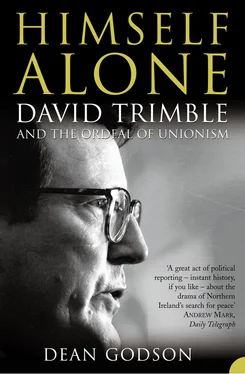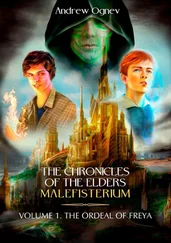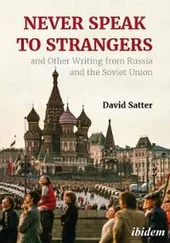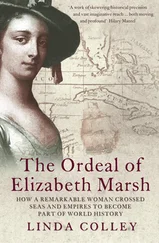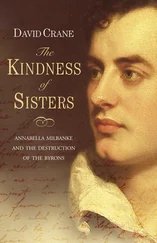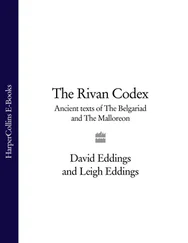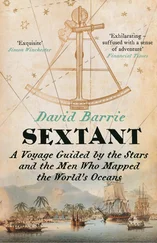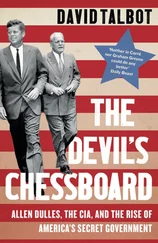Longford totalled between 600 and 1000 out of a 10,000 population, the highest of any county. 4 Whatever the exact causes of the collapse of the Protestant population of Co. Longford, the community undoubtedly declined by 40% between 1911 and 1926. By 1981, there were fewer than 1500 in the entire county. Census returns from Clonbroney at the time of the 2002 Easter Vestry to the Church of Ireland Diocese of Elphin and Ardagh showed that there were 43 regular worshippers – compared to 1010 in 1831. 5 In Longford as a whole, there were around 40 Presbyterians left in 2003, plus around 80 Methodists. Tully Presbyterian Church closed in the 1950s; only one, at Corboy, is left in the county. As Liam Kennedy concluded in his authoritative study of the Protestants of Longford and Westmeath, ‘The Long Retreat’, ‘there is little comfort here for those seeking stories of ethnic accommodation along pluralist lines. True enough, by the 1930s or ’40s, unlike the case of Northern Ireland, there was no minority ethnic or religious problem in the region. There was no minority.’ 6 Throughout his career, David Trimble has been determined that the Protestants of Northern Ireland, and pro-Union Catholics, not suffer the same fate.
George David Trimble, DT’s grandfather, was part of that exodus – though, again, his exact reasons for leaving remain unknown. Originally a farmer, he joined the Royal Irish Constabulary in 1895 (it seems an uncle, one Thomas Trimble, born in 1819, had earlier served in the Dublin Metropolitan Police from 1840–8). After tours of duty in Sligo, Armagh, Belfast and Tyrone, George David Trimble returned to Ulster’s capital in 1909. He remained there for the rest of his life, attaining the rank of Head Constable. According to the official records, he received a life annuity of £195 upon the disbandment of the RIC in 1922, and then joined the newly created Royal Ulster Constabulary: his service record has neither blemishes nor commendations on it. He ended his career in 1931 at Donegal Pass RUC station and died in 1962, aged 87. Thus it was that the Trimbles came to settle in the ‘greater Belfast area’, as it is now sometimes called. 7
Moustachioed Grandfather Trimble was a great ‘spit and polish’ man, who would daily ‘bull’ his boots till he could see the reflection of his face. 8 He stood at over six-foot-three and was not one to be trifled with: he had been through the severe inter-communal rioting which racked Belfast at the time of Partition and was ever on his mettle. When some relatives from the newly created Free State banged on his door in jest, shouting ‘we’ve come to get you, Trimble’, he drew his gun from his holster and repeatedly fired through the wooden panels, scattering his terrified country cousins. 9 According to Maureen Irwin, David Trimble’s sole surviving first cousin, the ‘Trimble temper’ comes down from Grandfather George Trimble; the red hair and the florid complexion come from Grandfather Trimble’s diminutive wife, Sarah Jane Sparks, daughter of James Sparks, a farmer of Cullentrough, Co. Armagh, to whom he was married in 1903. Grandfather Trimble sired three red-headed sons; the eldest, Norman, emigrated to Arizona; the middle child, Stanley, followed his father into the RUC and also attained the rank of Sergeant; Billy, the youngest, was born in 1908. 10
Grandfather Trimble was also a staunch Presbyterian: when Stanley Trimble had his children baptised in the Church of Ireland, Grandfather Trimble was furious, believing that little separated the Anglicans from Rome. ‘Were you at Mass today?’ he would ask his grandchildren in later years. 11 Grandfather Trimble also signed the Ulster Covenant of 1912 – a mass pledge against Asquith’s Home Rule Bill – at the Sandy Row Orange Hall. Indeed, he was a pillar of the Orange Order, rising to the post of Master of Ballynafeigh District Lodge (Ballynafeigh District’s traditional 12 July parade through Belfast’s Lower Ormeau Road became the most controversial Orange walk after Drumcree during the 1990s). The population of the area, once overwhelmingly Protestant, is now overwhelmingly Catholic; David Trimble wonders what kind of reception he would receive today if he returned to the string of modest terraced houses where Grandfather Trimble used to live in and around the ‘Holy Land’ of south Belfast (so called because of the large number of Middle Eastern street-names): at Agincourt Avenue, Carmel Street and at Jerusalem Street (where Billy Trimble was born). Latterly he lived across the Lagan at 50 Candahar Street, where the young David used to visit him on day trips. 12
Strangely, Dàvid Trimble was quite unaware of his links to the Ballynafeigh District Lodge until he became leader of the Ulster Unionist party. This may owe something to the influence of his mother, Ivy Jack, who regarded the Loyal Orders as vulgar and who appeared unhappy when the teenaged Trimble eventually joined the Orange Order in 1962 (Billy Trimble was never a member, though he was a Mason). Ivy Jack was born in 1911, the only child of Captain William Jack and of Ida Colhoun. The lineage of Capt. Jack (DT’s maternal grandfather) can be traced back at least as far as one Samuel Jack (DT’s maternal great-great-grandfather), a landed proprietor of Lisnarrow in the parish of Donagheady, Co. Tyrone, who lived from 1776 to 1846. His son, also Samuel (DT’s great-grandfather), became a prominent official of the Londonderry Corporation and for over 30 years served as water superintendent. His death notice in the Londonderry Sentinel of 16 February 1897 states that he was ‘a staunch Unionist in politics … one of the electors who suffered “excommunication” from the Covenanting Church rather than forgo his right to vote at the Parliamentary elections’. Formally known as the Reformed Presbyterian Church of Ireland, the Covenanters were quite separate from the much larger Presbyterian Church in Ireland: they were descended from the Scots Covenanters, and did not agree with the Revolution Settlement of 1689 because it did not reaffirm the Solemn League and Covenant of 1643, which swore to recognise Christ as King of the Nation. Since the Revolution Settlement did not provide the reassurance which they sought, the Covenanters held it was inconsistent for their communicant members to vote in parliamentary elections. Most of their flock went along with this ruling, but Samuel Jack was highly unusual in his unwillingness to give up the hard-won right of Dissenters to exercise this democratic liberty. 13 A hundred or so years later, his Presbyterian great-grandson, David Trimble, would also endure a kind of ostracism – again, risking much for his rejection of what he considered to be the other-worldly purism of some of his fellow Protestants.
Samuel Jack’s son, Capt. William Jack (DT’s grandfather), worked for J. & J. Cooke, timber merchants and subsequently for Robert Colhoun Ltd, the building and construction firm owned by his wife’s family. He was a Derryman all his life – he served on the Board of Guardians – and signed the Ulster Covenant of 1912. Grandfather Jack only left Londonderry during the First World War in his 40s: in June 1915 he was given a temporary commission as a 2nd Lieutenant in the 12th Battalion of the Royal Inniskilling Fusiliers, a support unit which furnished drafts to the 36th (Ulster) Division. In October 1916, he transferred to the southern-recruited Royal Irish Regiment and was posted to the 1st Garrison Battalion which provided guards for bases and prisoners. He then went to Egypt during Allenby’s campaign in the Middle East against the Turks, but appears not to have left the place during the liberation of Palestine from the Ottomans. Instead, he spent much of his time in the British military hospital in Cairo: the service records in the PRO say nothing of wounds, as they normally would, suggesting he was felled by malaria or some other infection. After the war, he returned to his home at 5 Eden Terrace, in the city’s Northland district. 14 It was some five minutes away from the house in Glenbrook Terrace where Trimble’s fellow Nobel Laureate, John Hume, grew up (although, as John Hume is keen to point out, the Jack residence was in a much more up-market area). 15 It is a neighbourhood from where most Protestants have now fled. ‘The biggest thing that’s happened in Northern Ireland over the last 30 years is the ethnic cleansing of the west bank [of the River Foyle]’, notes Trimble. ‘There were 10,000 there till the early 1970s. The North Ward was Protestant. That’s all gone.’ 16
Читать дальше
